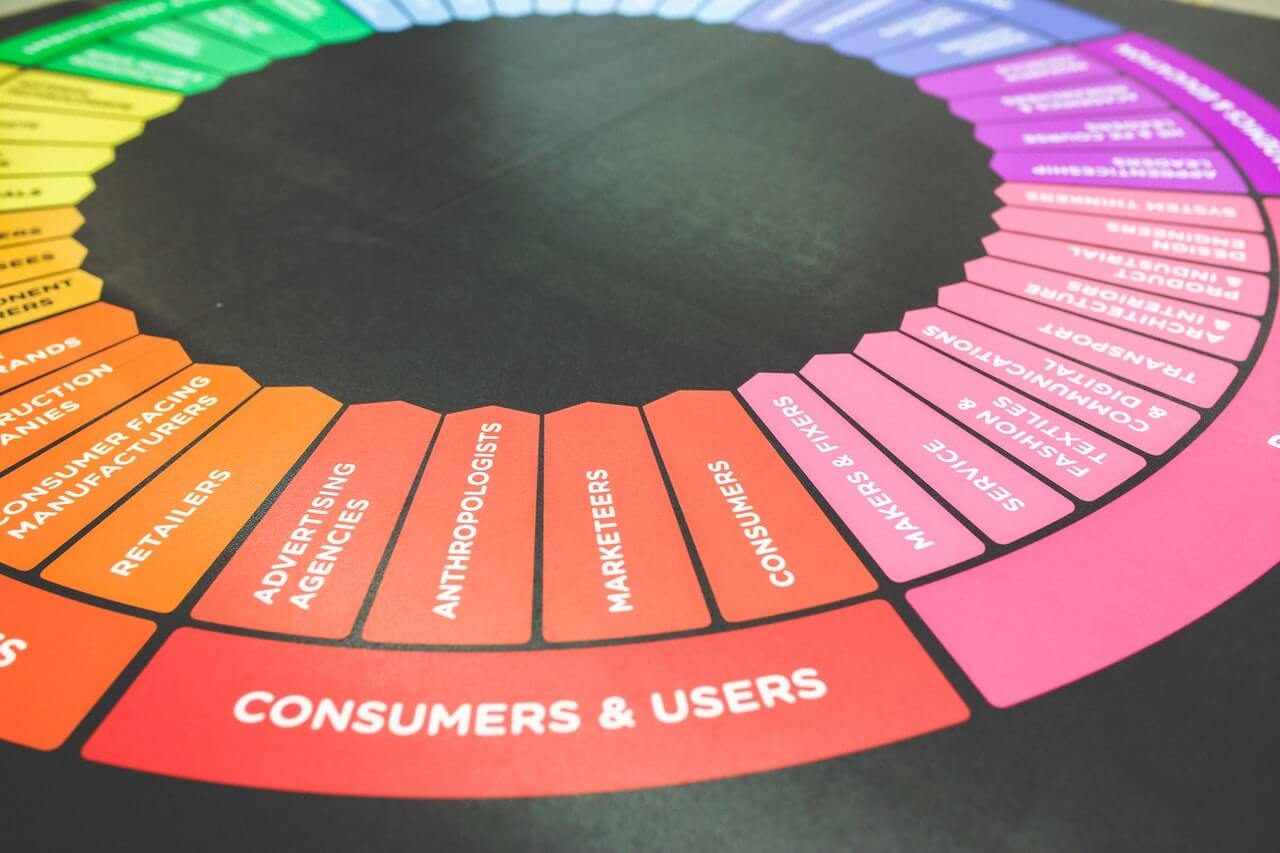
# ux# how to
How To Improve Your Website's User Experience
As humans, our attention is essential to websites online today. As more and more websites emerge online, the biggest component that divides one site from another is the user experience and user journey within that site.
Arguably, the user experience could be the most important aspect of your website along other factors like how much profit your website makes.
Regardless of the reasons, the user experience is (from my own experience) the number 1 factor that determines whether someone purchases your product or service, or leaves you.
So in this blog article, I'm going to teach you how to improve your site's user experience and start improving customer retention.
What is User Experience?

The simplest way to describe just what user experience (UX) is, is by summarizing it in just a few words:
User Experience is in essence the art of understanding and optimising exactly what a user desires from your website.
By digging deeper into this, we can break down and understand even more about what user experience actually is. It's broken down into many parts, but you really only care about a few of those parts:
- Useful and Usable - Is your content useful and how does your solution solve one's specific need.
- Accessible and Credible - Is your website accessible to those with impairments and how much trust does your brand have?
There are many things that you can do to improve the user experience of a website, app or service.
In fact, user experience is everywhere. It can be improved everywhere, think about the last time you went to a supermarket to buy groceries and used the self service checkouts, or even the elevator that you used.
A great user experience involves the user just "knowing" what to do without even thinking about it, they have expectations, and your solution meets their expectations flawlessly.
How to improve User Experience

Realistically, user experience improvements are never finished, you're constantly looking at new and innovative ways to find and capture the attention of those who visit your site.
But there are some things that you can do regardless of whether you're improving the UX of a mobile app, or a website.
A/B Testing
Whether you think you know what your users like and want, what they actually want is never what you thought.
A/B Testing is at the heart of improving the user experience, it involves presenting one design or layout to a customer, and then presenting a modified version of that to them at another time.
Split out across all of your users, ideally you want to show 50% of one design or layout to one set of customers, and 50% to another set to get a true representation of whether one particular design works better than the other.
A/B Testing should be done frequently and often. If you're not A/B Testing your website regularly then you could be losing out on potential sales or sign ups to your email list for instance.
What's the best A/B Testing tool for websites?
In order to do effective A/B Testing, you're going to need a tool that can capture heatmaps and screen recordings for you to effectively improve the UX on your site.
One tool I recommend for this is Hotjar, they offer heatmaps and screen recordings with a free plan to get up and running.
You could also use CrazyEgg as they're also a popular choice of mine.
Website Navigation
When somebody lands on your website, what do they do? Where do they go?
You probably have at least an assumption of what they're doing and clicking on and you likely have an assumption of the pages that you think they're visiting.
But...
It's not what you expected. In fact, your users didn't go through the site or app journey that you initially thought.
This is why, focusing on some kind of intuitive navigation throughout your website or app is important. Without great navigation, how are your users going to find content on your site?
Or how will they find your email list to op in to?
You wouldn't expect to add a product to your shopping cart and then pay for the product before confirming everything that's in your shopping cart right?
The same kind of scenario can be applied to a grocery store as well as an online shop.
The navigation of your website or app can often be referred to as the "Behaviour Flow" or "User Flow". Tools such as Google Analytics can help you build a picture of the journeys that your customers are taking on your site, and help you optimise them.
Declutter Your Site
When was the last time you decluttered your home? Probably not for a long time right? The same is true about your website, how much clutter is actually there?
Research has shown a 200% rise in response due to more whitespace around headings and text.
And research like this goes a long way to re-enforcing the fact that whitespace on a website isn't bad. Despite what you might think, we are long past the days where people tried to get everything sitting exactly in the users' screen's viewport.
Personally, I think whitespace adds to a website's design and makes it feel fresh and modern. Not only this, but what you might think is whitespace, is often not.
It's instead space occupied by the grid system and is space we can't easily occupy with other content.
Improve Page Load Speed
Page load speed and website performance is essential to ensuring an excellent and fluent user experience.
Google and other search engines will give a lot of weight to the SEO ranking of your site if it doesn't load within a reasonable amount of time.
What's reasonable?
Well, the definition is going to be different on a per person and per website basis, so we can't really provide a "one size fits all" answer here.
But what I can tell you, is that you should be optimising everything on your website from images to CSS and even JS.
By optimising all of the content on your site and assets, you're going to be making your website faster which in turn is going to be providing a much better user experience for your users.
Conclusion

Okay, so I understand, user experience is going to seem like a never ending component of your business and website to focus on, and that's exactly right.
It's going to take time to build up an efficient user experience, and one that people keep coming back to. But with time, and by crunching the data with the various tools mentioned, you're going to be increasing customer retention and more importantly... respect.
More posts
Website uptime monitoring for e-commerce stores what you need to know
As an e-commerce store owner, you understand the importance of having a reliable and efficient online presence. Let's look at why website uptime monitoring is so important for e-commerce. Read more today.
Read moreThe role of website uptime monitoring in ensuring customer satisfaction
As a business owner, ensuring customer satisfaction should be a top priority. One key aspect of customer satisfaction is having a reliable and efficient online presence, which is where website uptime monitoring comes in.
Read moreMaximizing the efficiency of your website uptime monitoring strategy
As a website owner, uptime monitoring is crucial to ensure that your website is always available and functioning properly. In this article, we'll discuss how to maximize the efficiency of your website uptime monitoring strategy, including the use of tools, setting up alerts, and optimizing your website's performance.
Read moreSubscribe to our PRO plan.
Looking to monitor your website and domains? Join our platform and start today.